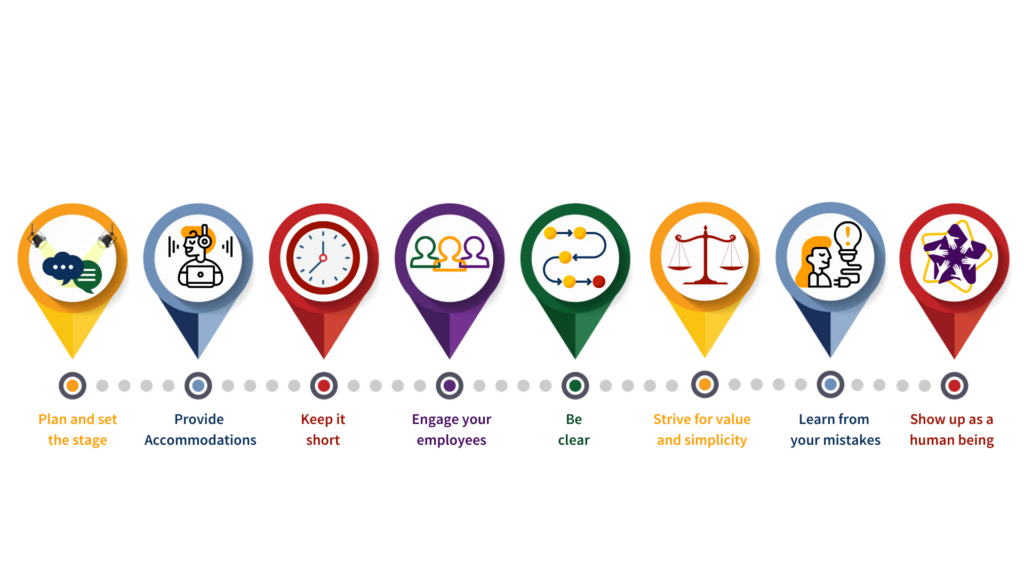Communication
Introduction to Accessible Communication
Disclaimer: This is a free resource created by community and is not for sale. All tools, contents and resources are not to be sold.
Who is this for?
High Level Priority:
Direct managers
Corporate cross-departmental managers
High priority: HR Professionals
Useful to know: Executive and Senior management
What guidance does it provide?
- Creating a culture for effective communication
- Facilitating communication to ensure it is accessible and inclusive across various modes of conversations
Take home points
Learning directly from people with disabilities is one way to ensure you are on the right path. However, do not assume all employees with disabilities will have the answers to your questions
A simple way to create an inclusive environment in the workplace starts with changing the language we use around disability. Remember, terminology is always evolving, do not let fear stop from you, and disability is not a taboo
Tips to remember:
- Use first person language
- Avoid using words that suggest people with disabilities are their conditions
- Avoid using words that categorize
- Avoid words that suggest heroism
- Avoid using subjective words
- Avoid using words that suggest people with disabilities are inferior
When facilitating conversation, ensure steps are taken before, during and after for communication to be accessible and inclusive
43.1%
Canadians with disabilities, difficulties, or long-term conditions reported a barrier in communicating by phone
40.5%
Canadians with disabilities, difficulties, or long-term conditions reported a barrier in communicating in person
40.2%
Canadians with disabilities, difficulties, or long-term conditions reported a barrier in communicating in reading and understanding materials
26.4%
Canadians with disabilities, difficulties, or long-term conditions reported a barrier in communicating while using video conferencing
23.5%
Canadians with disabilities, difficulties, or long-term conditions reported a barrier in communicating while using social media or online chat forums.
Consider the following:
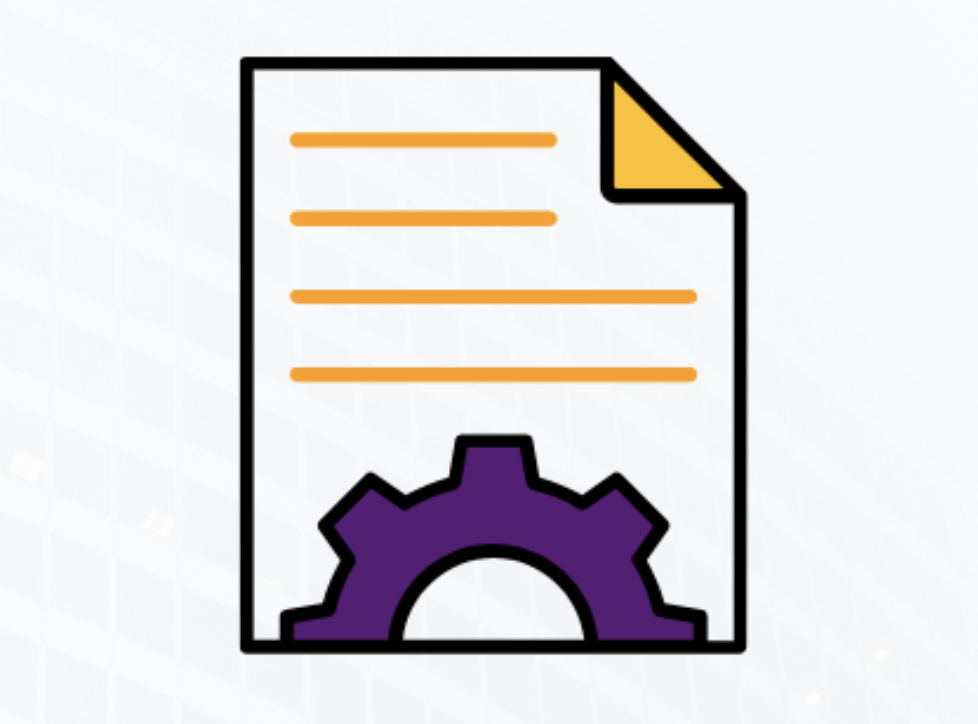
Terminology is always evolving
Not everyone will agree on every term or word used. It’s not a “one- size-fits-all” solution, but we can do our best to use disability-positive language and promote inclusion by being aware of what we say and how we say it. Note that preferred language can also differ by region, country, or individual.
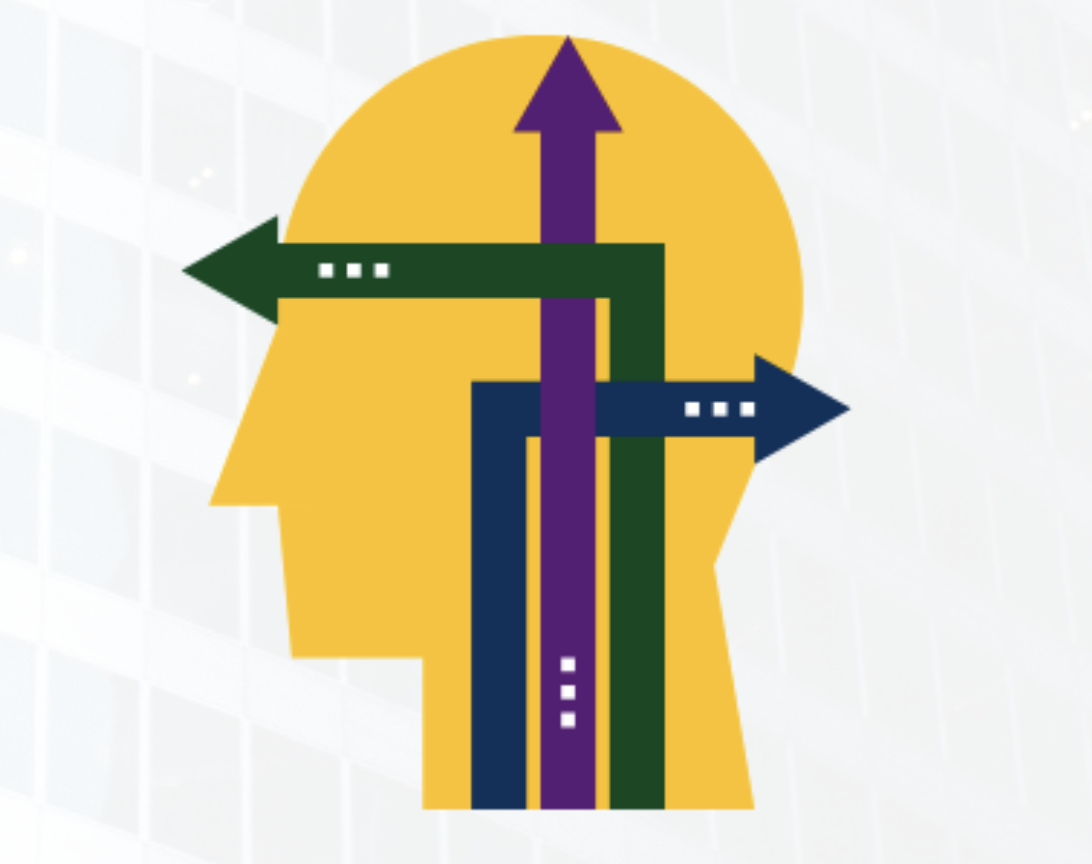
Do not let fear stop you
You may have noticed at times that you can feel scared to use the wrong word or term when interacting with a person with a disability. This can be a normal feeling. Be aware that this
discomfort may cause barriers when communicating with others and may result in the absence of important conversations with your employees. Building your awareness of this fear is the first step.

Disability is not taboo
When we talk about disability, we reduce stigma. If you are not sure, the best thing to do is ask!
Disability Etiquette
Who is this for?
High Level Priority:
Direct managers
Corporate cross-departmental managers
High priority: HR Professionals
Useful to know: Executive and Senior management
What guidance does it provide?
- When interacting with people with disabilities, it is important to extend courtesy and respect in etiquette to improve communication and interaction skills
Take home points
- Language is important. So is behaviour. We must be mindful and respectful in our actions.
- The one universal rule is never to assume you know what assistance, if any, a person with disability may require. Ask if, and what, assistance may be needed
- A major component to successful communications is being comfortable with the person with whom you are interacting. Please follow the chart provided to learn more about disability etiquette.
Be Self Aware
Be self-aware of the messages you send. It is likely that you already have certain nonverbal habits that you use every day. Being aware of your own communication can also help you learn to interpret others.
Eg. When speaking to employees who are Deaf or hard of hearing, it can be easy to communicate to the interpreter. Be aware that your eye movement and posture demonstrates where you are paying attention to.
Be Empathetic
In order to accurately interpret your employee’s signals, you may need to consider the context and empathize accordingly.
Eg. By taking the time to listen and learn from your employees who may be struggling with mental health, you communicate in a profoud way what your organizational culture stands for and are present to support your employees.
Be Intentional
If you are intentional of your own automatic physical reactions and responses, you can adjust them to convey messages more accurately and efficiently. This includes being mindful of reflexive reactions and bringing a level of awareness to manage and improve communication
Eg. An employee who uses a screen reader may not be able to access all communication methods. Ensure all the right materials are available in advance
Exploring Diverse Types of Communication
Who is this for?
High Level Priority:
Direct managers
Corporate cross-departmental managers
High priority: HR Professionals
Useful to know: Executive and Senior management
What guidance does it provide?
- How to best approach different communication methods to ensure disability sensitivity in the workplace
Take home points
There are two types of communication:
- Verbal communication: verbal communication is spoken word
- Nonverbal communication: nonverbal communication provides the context to the verbal component
Ensure when communicating verbally, tone of voice and use of volume are used appropriately to convey messaging. It’s not always about what you say, but how you say it.
To help adjust the pace of communication, take a deep breath, pay attention to enunciation and punctuation
Speak in plain language using action verbs, simple sentences, direct statements and by using an active and positive voice
When interpreting body language and environmental cues, do not assume awkwardness and/or facial expression as aloof behaviour
Allow employees with disabilities to write their responses before verbally presenting
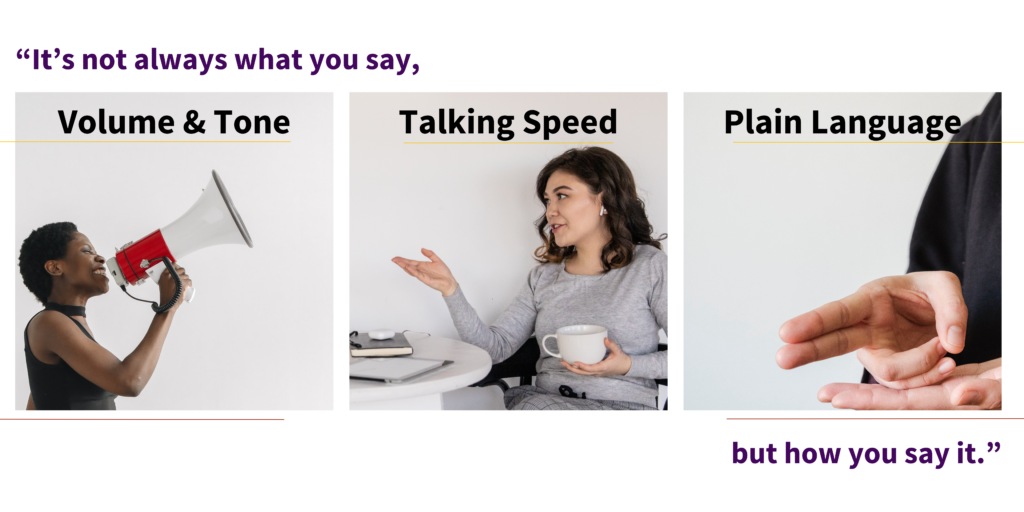
Improving Online Accessibility
Who is this for?
High Level Priority:
Direct managers
Corporate cross-departmental managers
Practical Information:
HR Professionals
Marketing Specialists
Useful to know: Executive and Senior management
What guidance does it provide?
- Actionable methods to check and improve accessibility over multi-channel experiences (i.e., social media, applications, websites)
Take home points
- Please review all checklists when creating accessible social media posts, websites, optimizing applications
- Federally regulated entities are legally required to follow and meet the requirements of level AA conformance set out in the Web Content Accessibility Guidelines, published by the World Wide Web Consortium https://crtc.gc.ca/eng/archive/2021/2021-215.htm
- For additional information on how to meet Web Content Accessibility Guidelines (WCAG) 2 requirements, please follow the link How to Meet WCAG (Quickref Reference) (w3.org)
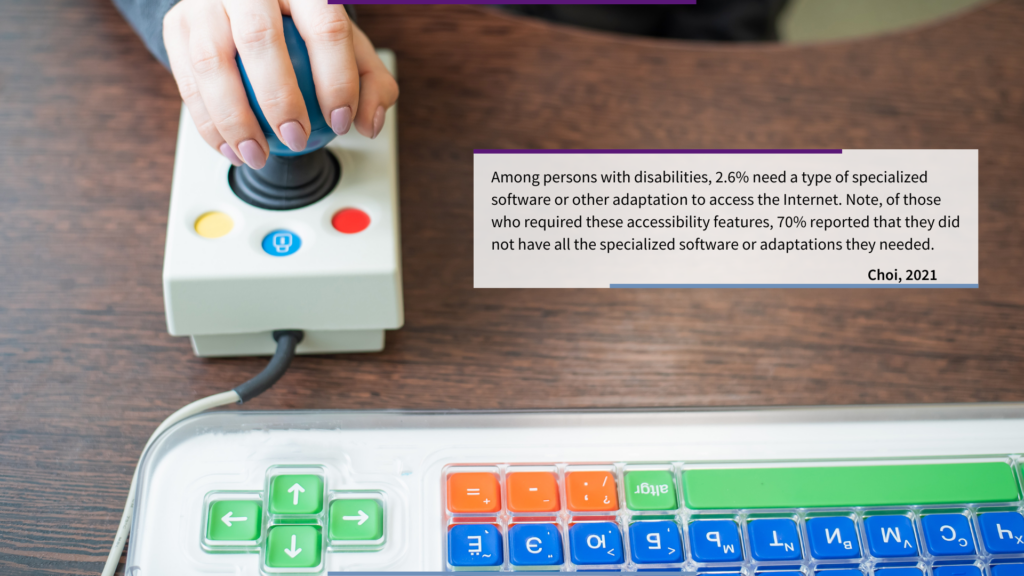
Creating Accessible Documents
Who is this for?
High Level Priority:
Direct managers
Corporate cross-departmental managers
Practical Information: HR Professionals
What guidance does it provide?
- Core steps to ensure document content is all accessible and user-friendly
Take home points
- Numerous communication aids and accommodations are available to enable successful communication. These may include the use of qualified interpreters (sign language, oral or tactile); materials in alternative formats such as large print, audio tape, Braille, screen readers, and assistive listening devices.
- Accessible documents ensure that all learners can follow and understand the information presented. They make your text or presentation clear, readable, and engaging.
- Please review all checklists when creating accessible documents on Word, PDF, PowerPoint, and Infographics

